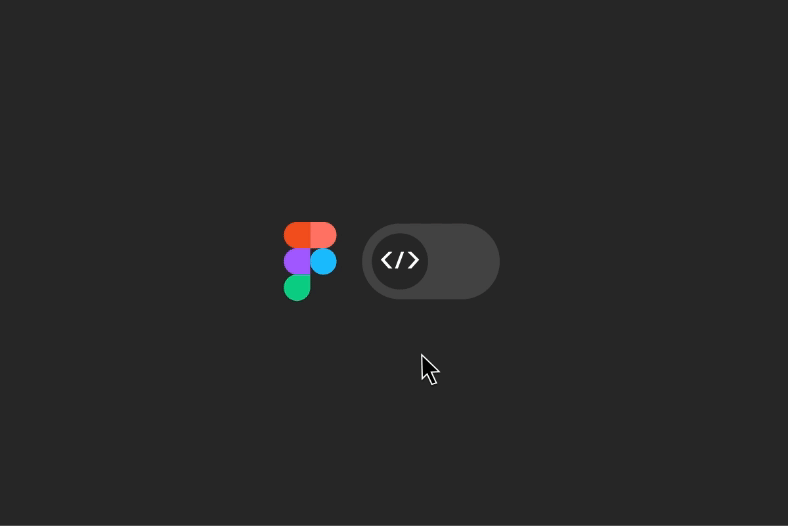June 26-27
Your digital transformation should be experience-led. Start with the frontend.
Join us at Config to explore how leading organizations expedite global digital rebranding efforts and effortlessly scale design systems using ready-to-use components and effective governance structures.

Most organizations realize only 20% of the value of their digital spend, meaning 80% of their spend is wasted.
How do you become more strategic about your digital transformation? First, you recognize that the biggest constraint is the chasm between design and the customer. Second, you adopt Figma and a design system to close that gap for you. Experience-led transformations require putting the customer first, which Figma and a design system are able to do.
Join Nick Van Weerdenburg, chief consultant and CEO at Rangle, one of the pioneers of the frontend cloud and design systems and an early adopter of Figma, as he explains how companies can reclaim at least a quarter of that waste in less than 3 years—while improving customer and market outcomes.
Just Launched
Radius 3.0: a design system meta-framework
Designed to simplify and accelerate the creation of bespoke design systems, Radius 3.0 was built on six years of Rangle’s Design System and Product Ops experience and the widely acclaimed shadcn/ui. Ensure that your design systems are efficient, scalable and easy to maintain with Radius 3.0.
Connect with our team!
Companies we've helped
Design Systems


Sanofi
10 months to unify complex Design System efforts at a leading global Healthcare company.
See how we built Sanofi's Elements Design System to accelerate their global digital rebrand.
Design Systems


telco
From mockups to a multi-brand design system in 13 weeks
We created a multi-brand design system that was used to build the client’s new award-winning mobile app.
Design Systems


Varis
16 weeks to launch a design system for Varis, an Office Depot startup
See how we scaled Varis' design system with ready-to-use components and governance in place.
Want to learn more?

Figma's commitment to collaboration tools, such as comments and developer plugins, ensures a seamless and transparent exchange of ideas between design and development teams. With Figma's Dev Mode, the communication gap has narrowed, and developers are now equipped with a tool that not only enhances their workflow but also fosters a collaborative and productive development experience.

Interested in learning how to build a multi-brand design system using Figma variables? We suggest two approaches for organizing your design system based on the number of brands and their distinctiveness. Using Figma variables offers several benefits, including centralized asset management, brand customization, and efficient design workflow. However, managing a multi-brand design system also presents challenges such as collaboration, scalability, and governance. Overall, the strategic use of variables can revolutionize how you manage and present your brand identities.

If you’ve wondered how to get more out of your design system, the answer lies in a robust token structure. Uncover the secrets of effective token taxonomy, using a three-tiered architecture: primitive, semantic, and component tokens. As design maturity evolves, so do token structures. Discover the three levels of token models that can transform your design system, and how to tailor your token structure to your organization's needs and maturity.








